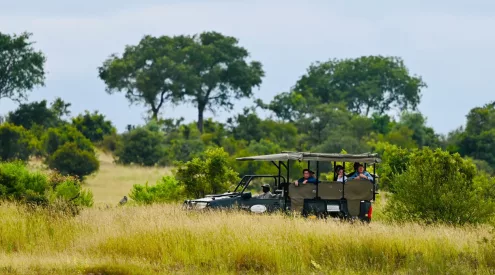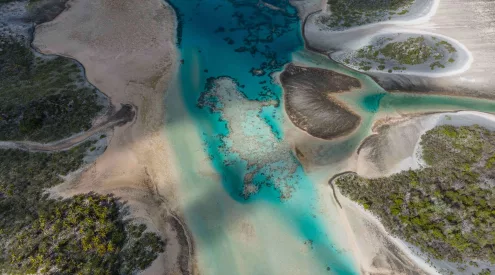The book Wilding by Isabella Tree describes how life returns to Knepp farm in England once its fields are released from cultivation and handed back to nature. In the absence of ploughs, biodiversity explodes. Rare species of birds, insects and plants return, sometimes to unexpected habitats. Yet nature needed some help.
Key species were reintroduced to aid Knepp’s revival: wild ponies, deer and pigs to root about, change vegetation patterns and add crucial dung.
What’s fascinating about Wilding is its revelation of how little we know about nature’s interwoven designs. Human memory is short – wild places our parents remember may already be degraded eco-systems, with, say, nightingales clinging to the edge of what territory is left to them rather than thriving in the perfect spot. But one thing is certain: nature has less space than ever. All of which makes the translocation of a whopping bull elephant from Tembe Elephant Park in northern KwaZulu-Natal to Addo in the Eastern Cape, something to cheer about.

Tembe, a northern KZN elephant, stands head and shoulders above his new friends in Addo. Image credit: John Vosloo
The 35-year-old ‘Tembe’, who is in his sexual prime, has tusks measuring 1,39 metres and it’s hoped his genes will be passed on to new generations of Cape elephants.
Addo’s pachyderms were down to just seven breeding individuals when the park was proclaimed back in 1931. They have suffered genetically as a result, one consequence being that the females are almost all tuskless. Bringing eight bulls from Kruger to Addo in the 2000s helped inject new blood, but only two remain and more wild genes are badly needed.
Enter Tembe. Park manager Nick de Goede says the bull, thinner and taller than the Addo locals, has already been seen hanging out with females. He’s also been involved in at least one tussle (he broke the tip of his tusk) and, despite the difference in vegetation, is feeding well. Two more big tuskers will follow Tembe soon.
Addo has expanded rapidly since 2000, and includes farmland that is now returning slowly to wilderness. The park has released wildlife into new sections, no doubt kicking off ancient revivals and patterns. Last year, 28 elephants were introduced to the Darlington region and, if funding is raised as planned, by the end of 2020 the Kabouga section will be fenced and 150 elephants can move there.
Plans are afoot to link even more sections, allowing the wildlife to follow natural water and food sources. Who knows what more space and freedom will bring, not only for Addo’s ellies but for the landscape they roam? Here’s to a little more wildness in the world.
Text: Janine Stephen

















